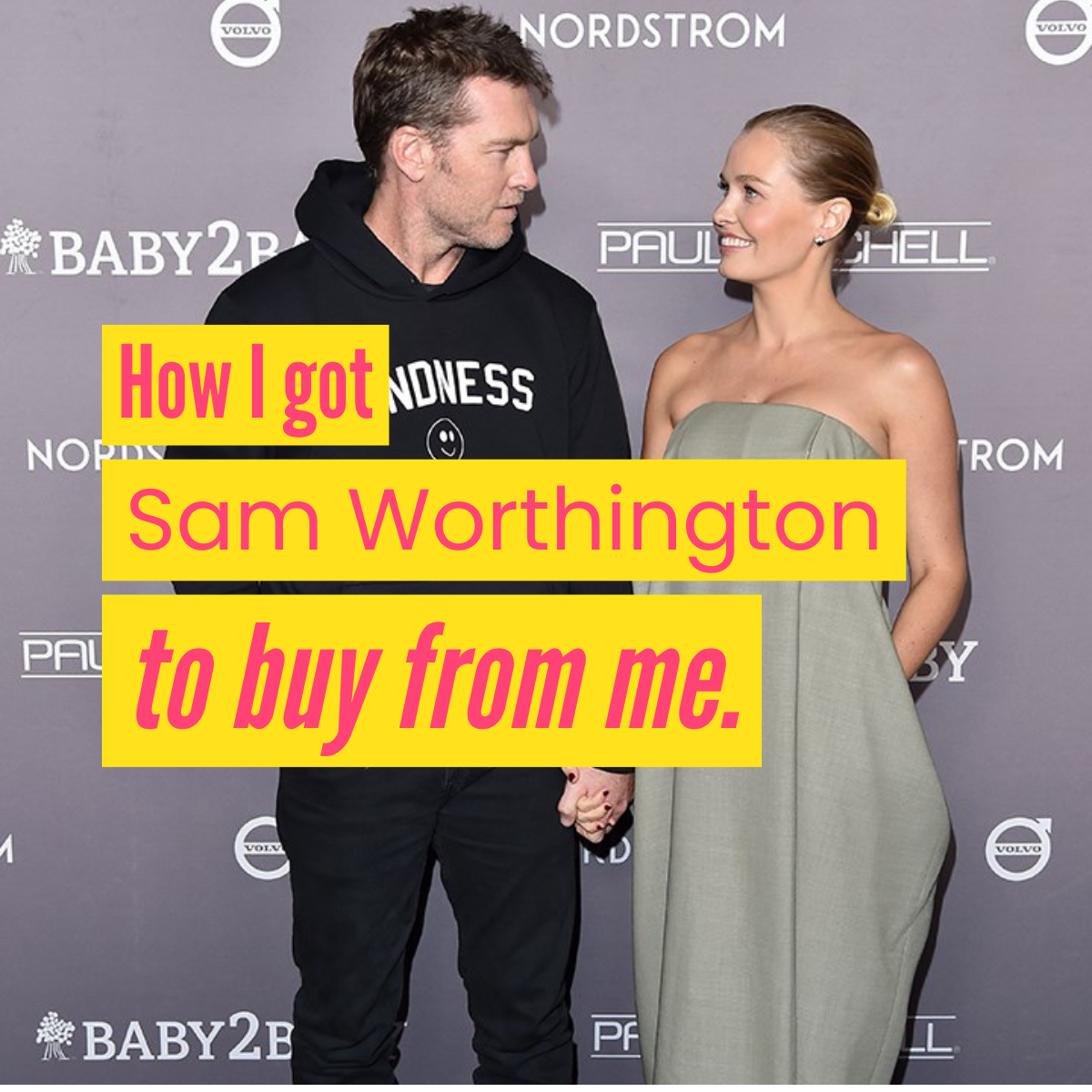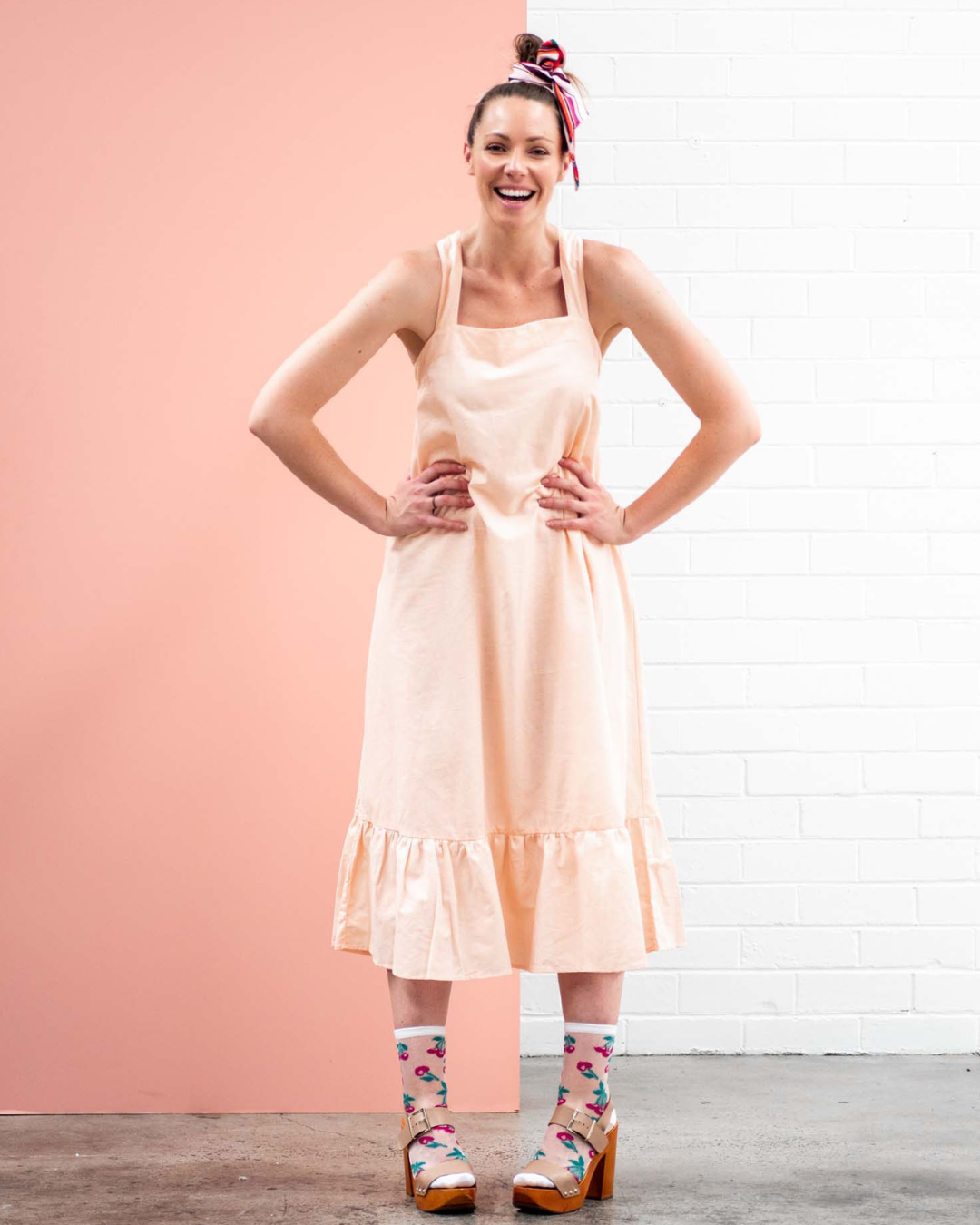The fast-fashion landscape was dominated by two major players in 2024: Shein and Temu. Their names make me shudder, and if I had it my way, I wouldn’t spend a moment talking about them. But here’s the thing—they set the scene for what’s ahead for the industry in 2025, including some real opportunities for change.
If we’re going to make a dent in the industry with slow fashion, we can’t bury our heads in the sand and ignore our competitors. So let’s get uncomfortable with a few facts.
According to Yahoo Finance, Shein reported a revenue of $18 billion in the first half of 2024. Meanwhile, Temu’s gross merchandise value (GMV) surged past $20 billion in the same period, already exceeding their total GMV of $18 billion for 2023. In fewer words—that’s an enormous amount of fast fashion. And both companies are growing.
It’s also an enormous amount of polyester, waste, exploitation, and problems for the fashion industry. But you know what comes with problems? Solutions, opportunities, and alternatives.
For every polyester fast-fashion garment made in questionable working conditions, there’s a sustainable slow-fashion alternative, crafted with ethical production practices. And the best part? Consumers are actively seeking these alternatives.
According to PWC, consumers are increasingly prioritising sustainability in their buying habits. A staggering 46% are choosing more sustainable products to reduce their environmental impact, and 80% of consumers are willing to pay more for sustainably produced or sourced goods. They care about their footprint, and they’re willing to invest in better products. For those running ethical, sustainable, circular, handmade, or slow-fashion brands, these stats are a beacon of hope.
Here's how...
1. Education and transparency. Consumers are hungry for knowledge about where their clothes come from. Double down on sharing your brand’s story—talk about the people who make your garments, your sustainable practices, and the impact your business has on the planet. When people understand the true cost of fast fashion, they’re more likely to choose slow fashion.
2. Affordable sustainability. While many consumers are willing to pay more for sustainable fashion, there’s an opportunity to make these products accessible at all price points. Think along the lines of interchangeable designs, repair kits, or even rental options that encourage a more circular approach.
3. Community building. Build a loyal community of like-minded individuals who care about slow fashion. Use platforms like Instagram, TikTok, or YouTube to showcase your values, educate your audience, and spark meaningful conversations. Communities drive movements, and movements drive change.
The rise of Shein and Temu might feel overwhelming, but it’s also a reminder of how much work there is to do—and how much opportunity lies ahead. The tide is already shifting. Consumers are paying attention, and they’re ready to put their money where their values are.
If you’re a slow fashion brand, now is the time to stand tall, share your story, and make the change we all want to see in the industry. Because while fast fashion might dominate today, the future can be shaped and I deeply believe that the future of fashion is sustainable. It has to be and it can be—if we fight for it. Join the slow fashion movement here.
Claire x




